Sound: 









Value: 









(Read about our ratings)
Measurements can be found by clicking this link.
Unless manufacturers tell me otherwise, I assume that all the headphones and earphones I review are intended for mainstream listeners and/or audiophiles. Not the Campfire Audio Honeydew earphones, though. They’re marketed as being an “excellent choice for drummers, bassists, DJs, and electronic beat makers.” Their webpage says they have “a reference level bass response that is fast and detailed.”
Well, I’m a bassist—no Ron Carter, to be sure, but also not just some schmo who might remember how to play “Paranoid” if you give him a few minutes. And while I definitely need a bigger car and a stronger back than an alto sax player does, I’m not sure why I would need a special set of earphones. When I played the bass parts for my recent album, I monitored the recording on AKG K371s—straight-up Harman curve headphones that conveniently sound a lot like my JBL 305P MkII monitor speakers. And even though I talk a lot about bass sound in my reviews, I think anyone who’s read me for a while would conclude that my taste in audio is fairly broad but mostly mainstream. I guess it’s plausible that some bassists—and drummers and DJs and electronic beat makers—just want to hear a lot of bass, but I want to hear how the bass fits in with the rest of the music, which means I don’t want to give the bass special treatment.
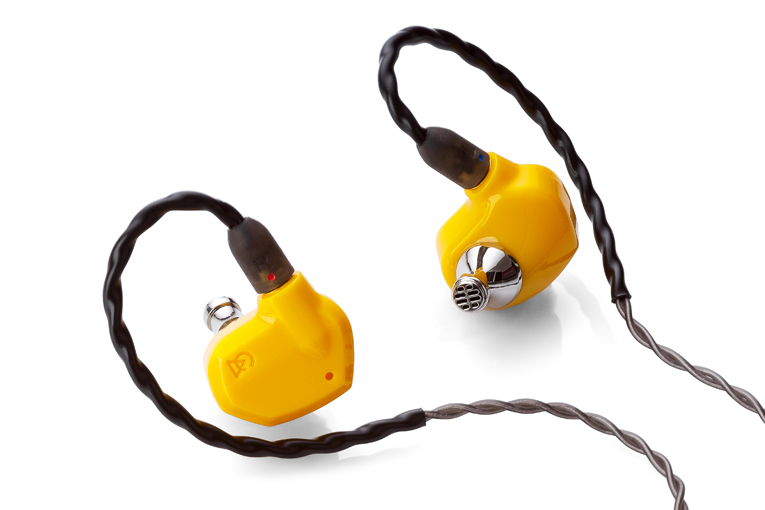
The Honeydews ($249, all prices USD) look almost identical to the Campfire Audio Satsuma earphones ($199) I reviewed last month; the only difference you can see is the color. But inside, they’re very different—and as you’ll learn if you read my interview with Campfire founder Ken Ball, that’s all part of the plan. The Honeydews incorporate a single, 10mm dynamic driver per earpiece. The Satsumas use a single balanced armature per earpiece. This is an important difference because single balanced armature designs typically struggle to produce deep bass, while dynamic driver designs typically struggle to produce delicate, detailed treble.
As with the Satsumas, the Honeydews position the driver in a 3D-printed acoustical chamber that gives the company lots of flexibility in tuning the driver’s response. There’s a stainless-steel enclosure holding the driver, surrounded by a pinna-filling plastic enclosure.
Impedance is rated at 17.44 ohms, and rated sensitivity is 94dB. But as with the Satsumas, Campfire chose to rate sensitivity at a non-standard drive voltage—this time, 17.68mVrms—at 1kHz. Industry standard is to measure sensitivity at 500Hz with 1mW of power at the rated impedance, which in the case of the Honeydews would be 132mV. That’s 17.5dB higher than 17.44mV. If measured at the industry-standard voltage, the rated sensitivity at 1kHz would be 111.5dB, high enough to ensure that the Honeydews will play loudly from any source device. Check the measurements section (available from the link at the top of this article) to see my sensitivity results, which use a 1mW test signal and are averaged from 300Hz to 3kHz.
In the box
The package includes the same goodies as the Satsumas. There’s a nice, compact, canvas-sided travel case lined with a soft material; Final silicone tips in four sizes and generic silicone tips in three sizes; a cleaning tool; and a Campfire Audio pin. The included cable measures 4′ (1.2m) and is tipped with a 3.5mm stereo connector on the source end and MMCX connectors going into each earpiece.
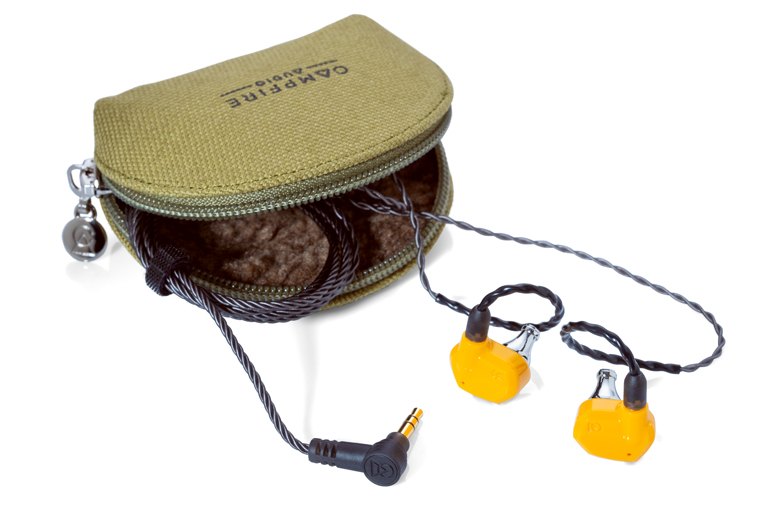
Use
I applaud the generous selection of tips provided with the Honeydews, but as so often happens with me, even the largest weren’t big enough to seal in my ear canals, so I substituted SpinFit CP100 XL tips.
Like many other Campfire earphones, the Honeydews are vertically oriented rather than horizontally oriented. This makes using them a little different than using most earphones with over-the-ear cable routing, but it works fine, and I found them easy to get into my ears and secure enough to stay put during dog walks.
As I usually do with high-end earphones, I did all of my listening with the AudioQuest DragonFly Cobalt DAC-amplifier. But my Samsung Galaxy S10 phone had no problems driving the Honeydews to high volumes.
Sound
I received the Honeydews and Satsumas at the same time, but knowing that the Satsumas were similar to the Campfire Comets, which I’d loved, I focused all my early attention on them. So it was quite a shock to hear the Honeydews after a few days with the Satsumas. Although the earphones look nearly identical, they seem to have been voiced with almost diametrically opposed goals. The Satsumas bring out every midrange and treble detail and kind of shove them in your face—a trait audiophiles tend to enjoy—while pulling the bass down in the mix. The Honeydews are considerably more bassy and less trebly, which makes them warmer, more forgiving earphones with a “crank it up and have fun” vibe. To sum up my impressions of what Campfire did with the Honeydews, it sounds like it intentionally gave the Honeydews a warm tonality and then added a little extra kick in the mid-treble to balance out the response. With most recordings, it’s a nice sound.
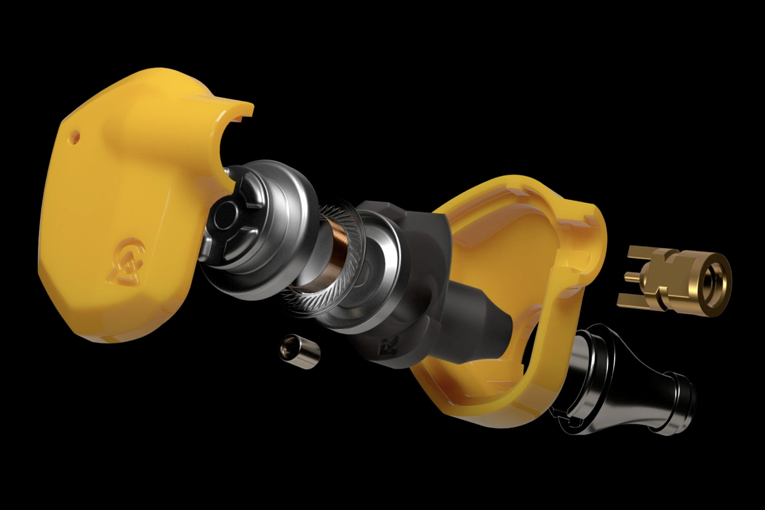
“Crank it up and have fun” is exactly what I want with my favorite tune of summer 2021, pop/punk duo Wet Leg’s “Chaise Longue” (single, 24-bit/44.1kHz FLAC, Domino Recording Co. / Qobuz). This isn’t music you’d normally want to blast through audiophile-style earphones—it’s drums, bass, mostly spoken vocals, and blaring guitars, recorded with a hip-hop-like, high-energy minimalism that would likely sound fatiguing through treble-heavy ’phones. But even at levels two or three clicks louder than I’d normally ever listen at, I experienced no ear fatigue at all when listening to “Chaise Longue” through the Honeydews. Despite my immediate characterization of them as “warm sounding,” the bass sounded strong but not boomy or bloated—it just sounded like a Fender Precision played with a pick and recorded direct without an amp. The snare and guitars sounded about right, reasonably cutting but not harsh or excessively snappy.
There were two unusual things I noted. The voice had a bit of extra oomph in the upper treble, which made it very subtly lispy—although nowhere near as lispy as I hear with most dynamic-driver earphones. And the voice in the chorus got buried under the guitars, to a greater degree than on the many other audio products I’ve heard this on.
I doubt that Thelonious Monk was a big influence on Wet Leg, but my reaction to his music through the Honeydews was essentially the same as it was with “Chaise Longue.” The version of “Straight, No Chaser” from the album of the same name (24/44.1 FLAC, Columbia/Qobuz) sounded very grooving and kicking and fat, with a wide stereo spread and solidly imaged piano, bass, drums, and sax. It sounded pretty much exactly the way I’d like a Monk recording to sound, except that there was a little extra mid-treble edge in Charlie Rouse’s tenor sax, and maybe just a bit in the ride cymbal and in Monk’s piano, too. But overall, very nice for dynamic-driver earphones.
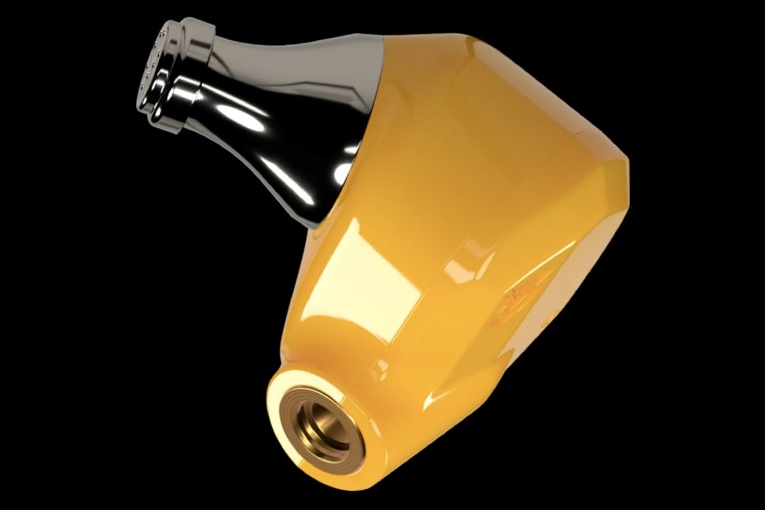
I thought singer/guitarist Jade Bird’s newest album, Different Kinds of Light (24/96 FLAC, Glassnote Music / Qobuz), might shed some light, especially since I used it to test the Satsumas. Through the Honeydews, it was a whole different mix—more like an old-school R&B production from Stax Records, where the focus was usually on the groove and the beat, and the singer wasn’t always so important. The drumbeat that starts the tune had an almost John Bonham-like power, the electric bass took on a fat-sounding Duck Dunn vibe, and Bird’s voice (which normally cuts through just about any combination of instruments) and the acoustic guitar blended into the mix. This was the opposite of the Satsumas, which brought the vocals and acoustic guitar to the front and de-emphasized the bass.
Realizing I hadn’t heard a lot of male vocals through the Honeydews, I put on perhaps my all-time-favorite male vocal recording, John Coltrane and Johnny Hartman (24/48 FLAC, Impulse/Qobuz). This is a pretty dark-sounding album because bassist Jimmy Garrison’s sound was famously bottom-heavy, pianist McCoy Tyner emphasized the middle range of his instrument, and Hartman’s voice was one of the warmest ever recorded. Through the Honeydews, the album sounded too warm, with not enough sense of space and detail to give it much life.
Fortunately, I had a more modern take on the same music that I could go to—Dedicated to You: Kurt Elling Sings the Music of Coltrane and Hartman (16/44.1 FLAC, Concord Jazz / Qobuz), recorded live at the Allen Room in Lincoln Center in 2009. Elling’s version of “Autumn Serenade” sounded better through the Honeydews than the original Coltrane/Hartman version did—the double bass sounded just as boomy, but the piano had a little more sense of space and Elling’s vocals sounded much clearer, I’m sure in part because of the tone of his voice and partly because of the digital recording.
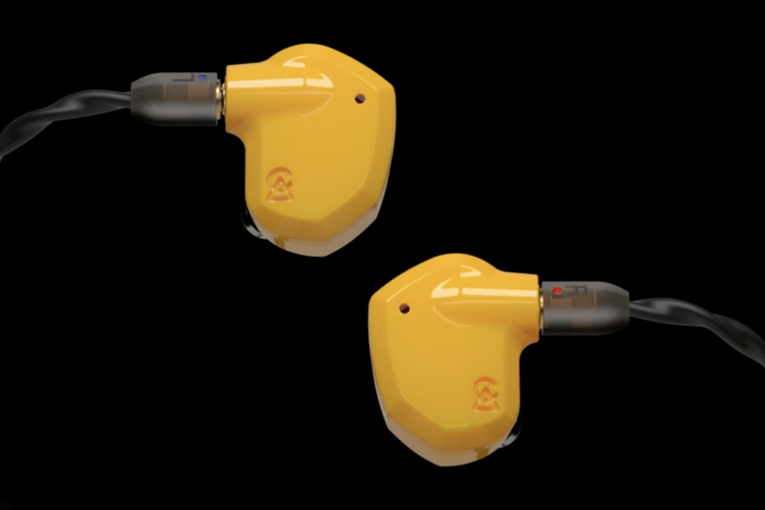
The lesson here is that unlike typical audiophile earphones, which make bright-sounding recordings too harsh, the Honeydews are unforgiving of dull-sounding recordings.
Comparison
I compared the Honeydews mostly with the Satsumas and the Sennheiser IE 300s ($299), a set of dynamic-driver earphones that would seem to compete with both Campfire models, and which got a very positive review from me.
On the live version of “Shower the People” from James Taylor’s Live at the Beacon Theatre DVD (16-bit/44.1kHz WAV, digitally copied from the stereo track of the DVD, Sony), the Honeydews and Satsumas sounded considerably different. The Honeydews’ much fuller sound made everything—Taylor’s voice, his acoustic guitar, and the bass guitar—sound fatter, meatier, and richer at the expense of some loss of treble detail; instruments such as the cymbals, glockenspiel, and Stratocaster guitar sounded relatively muted.
With the Satsumas, all of these instruments really jumped out, but Taylor’s voice sounded a bit thin and the bass was much less present in the mix. With the Sennheiser IE 300s, I heard a sound somewhat in between the two Campfire models—neither as trebly as the Satsumas nor as warm and bassy as the Honeydews. I thought the treble was smoother than the IE 300s, which seemed a little buzzy at times, but the IE 300s certainly seemed less designed with a particular audio taste in mind.
Conclusion
Since I began covering headphones in-depth about 12 years ago, I’ve found that while there’s a lot of commonality in headphone and earphone taste among serious listeners, there seems to be a much wider range of opinion than there is with speakers. Colleagues whose reactions to speakers are almost always the same as mine often have radically different opinions of headphones and earphones than I do. Often, they find the sound too bright, and for some reason the problem seems more acute with earphones. I strongly suspect the difference has to do with ear-canal shape, which can vary considerably from person to person.
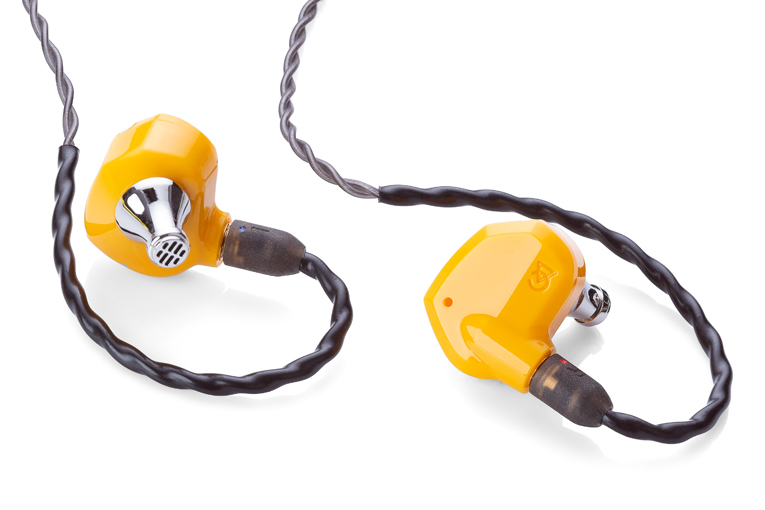
It’s this group that I think will most appreciate the Honeydew earphones’ warm tonal balance. These earphones are also a good choice for rock and hip-hop fans who want to play music loud without experiencing ear fatigue. Are they especially great for drummers and bassists and DJs and beat makers? Not in any way I can attest to as a bass player, but I know a lot of DJ headphones sound bassy, so . . . maybe? If you’re my typical reader—i.e., an audiophile looking for detail and spaciousness in a reasonably priced pair of earphones—the Satsumas will be a better choice for you.
. . . Brent Butterworth
Associated Equipment
- Smartphone: Samsung Galaxy S10.
- DAC-headphone amplifier: AudioQuest DragonFly Cobalt.
Campfire Audio Honeydew Earphones
Price: $249.
Warranty: One year.
Campfire Audio
2400 SE Ankeny
Portland, OR 97214
Phone: (855) 204-1492, (503) 853-8608
Website: www.campfireaudio.com





